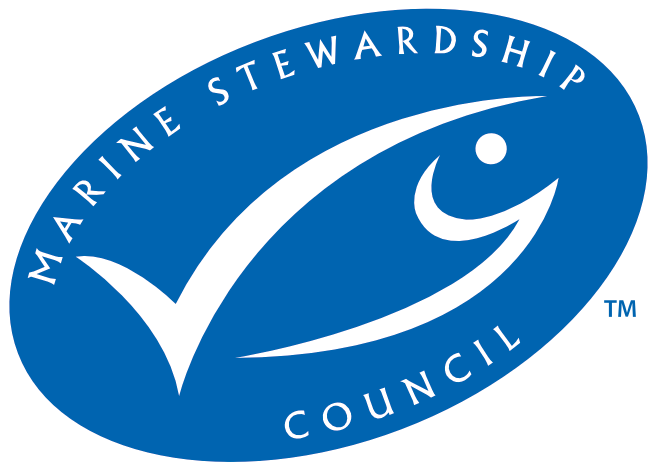
- Certifier :
- Control Union (UK) Limited
- Certified status :
- Certified
- Certified since :
- 28 Feb 2013
- Certificate expires :
- 20 Mar 2029
Overview
Fisheries are composed of one or more parts, each of which is entitled to receive an MSC certificate. These parts or “units” are defined by their target stock(s), fishing gear type(s) and if relevant vessel type(s), and the fishing fleets or groups of vessels.
When the term “Unit of Certification” is used for fishing units that are in assessment, it refers to the “Unit of Assessment” or “Unit of potential certification”. Expand a status below to view the parts that form this fishery. To check the detailed scope, download the latest certificate or open the Assessments page to get the latest report. Find out more by visiting our page on Fisheries
Catch by Species
| Species | Reported Catch Year | Metric Tonnes |
|---|---|---|
| Pacific cupped oyster (Crassostrea gigas) | 2024 | 1,652 |
| European flat oyster (Ostrea edulis) | 2024 | 212 |
Information is provided by an independent Conformity Assessment Body as live weight (the weight of species at the time of catch, before processing) and where a fishing season covers multiple years, the end year is given as the reported catch year. Additional information is available in the latest report, see the assessments page.
About this Fishery
The Dutch oyster fisheries are located in the North Sea coastal region of the Eastern Scheldt and Lake Grevelingen. About 30 companies and individuals are active in these fisheries, which coordinate nearly the whole supply of Dutch oysters.
The oysters are caught with an oyster dredge and grown out on cultivation plots, with each plot managed by a licensed fisher.
Pacific oyster was introduced to the Netherlands for cultivation in 1964. The species successfully reproduced, and has become an integral part of the ecosystem, abundant in both fishing areas.
The native oyster stock has suffered from the parasite Bonamia ostrea since the 1980s. As a result, the stock size is limited. Harvesting the oysters early, before they are susceptible to bonamia, serves to preserve the native stock.
In the Eastern Scheldt, native oysters are very rare and so the fishery concentrates on Pacific oysters. Both spat (larvae) and fully grown oysters are caught and then transferred to nearby culture plots.
Pacific oysters may be fished and redistributed several times to provide optimal growth opportunities. There is a total of 1,550 hectares of cultivation plots in the Eastern Scheldt, although fishers also harvest oysters in ‘free grounds’ outside these plots.
Lake Grevelingen has 550 hectares of cultivation plots which are managed to encourage native oyster (a more valuable species), though Pacific oyster may also be taken. Upon relocation, the flat native oysters, being more fragile, are disturbed as little as possible.
Both Eastern Scheldt and Lake Grevelingen are protected Natura 2000 sites. Oyster fishers work closely with environmental organizations to ensure they have no negative impact on vulnerable species and habitats.
Market Information
Around half the Dutch oyster output is exported to Belgium. Other export countries are Germany, France and Italy. The Dutch market share in the European Union is an estimated 15%.